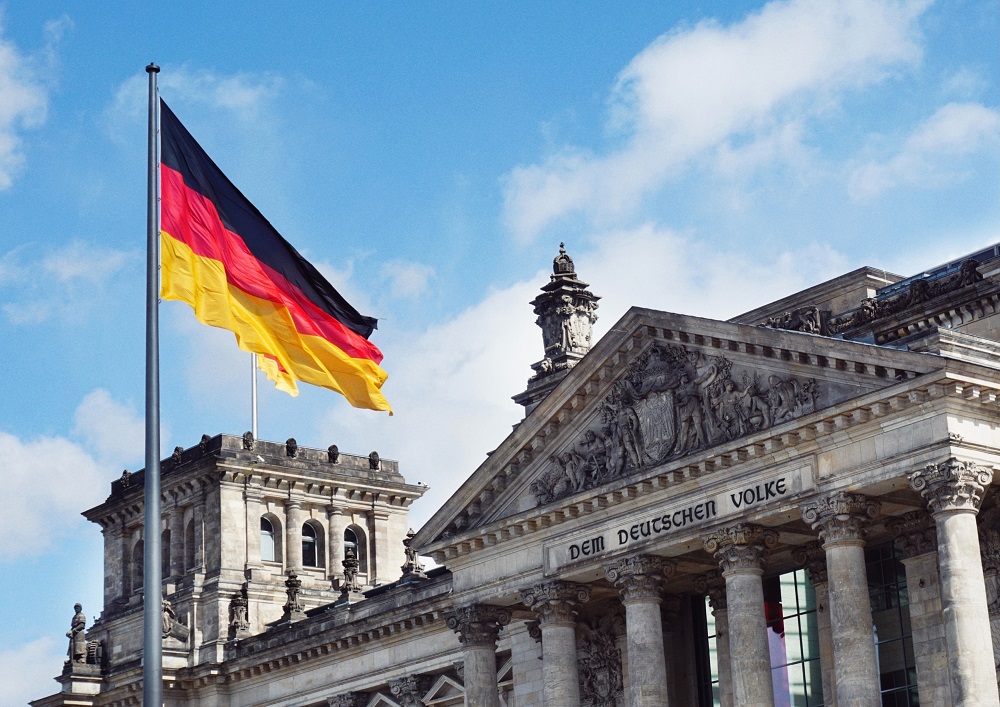Germany’s power market reform will upgrade and switch to renewable sources by the end of the decade. This was announced by German Economy Minister Robert Habeck. He said that the majority of the work needed to get Germany’s power market ready for a greater reliance on renewable sources will be done this year.
Habeck wants to transform the 550 terawatt hours (TWh) market. It is due to the rise in demand. Thus, output switches to more sporadic sources. Germany, as the greatest economy in Europe, moves away from fossil fuels in accordance with its climate pledges.
The minister stated this at a meeting where electricity market reform was the topic of discussion. He promised competition of the majority of the necessary work this year.
What are Berlin’s plans for power market reform?
By 2030, Berlin wants to generate 80% of its electricity from the sun and wind. This goal is more urgent now that Germany’s imports of Russian fossil fuels have declined.
The government will set up tenders for gas-fired power capacity. The aim is fluctuations in green energy reduction. This happens as more dependable nuclear and coal generation is phased out, according to Habeck.
The minister stressed that a plan for these bids will be available this quarter. He emphasized that eventually, zero-carbon substitutes will replace gas. He mentioned hydrogen produced by clean power electrolysis.
The unexpected obstacle: electric vehicles and heat pumps
The concurrent rise in electricity demand as electric vehicles and heat pumps gain popularity will be another obstacle.
According to the Federal Association of Energy and Water Industries (BDEW), in 2020 electric vehicles consumed around 3.7 terawatt-hours (TWh) of electricity in Germany. This is an increase of 50% compared with the previous year. The electricity consumption of electric vehicles in Germany rises and will continue to rise as more and more people switch to electric cars.
As for heat pumps, according to the German Heat Pump Association (BWP), in 2019 the installed heat pump capacity in Germany was around 2.1 GW, and the electricity consumption of heat pumps in the same year was around 16.7 TWh. This is equivalent to around 7% of the total electricity consumption in Germany.
These figures are subject to change as the adoption of electric vehicles and heat pumps continues to increase.
The predictions of consumption shape power market reform
The administration, according to Habeck, is operating with the presumption that by the end of the decade, the country’s total electricity consumption would be 700–750 TWh.
According to Habeck, Germany’s approach might put it apart from certain other European Union nations that might cling to more reliable sources of energy.
A nuclear-based strategy is still in place in France. Nuclear power is a key component of France’s energy strategy, and it has been for several decades. The French government’s decision to rely on nuclear power dates back to the oil shocks of the 1970s when France recognized that it was heavily dependent on oil imports to meet its energy needs. The government saw nuclear power as a way to reduce the country’s dependence on foreign oil and ensure energy security.
Today, France is one of the world’s largest producers of nuclear power, with 56 nuclear reactors generating approximately 70% of the country’s electricity. The country’s nuclear power plant operator is the state-owned company EDF. EDF is responsible for ensuring the safety and security of the plants.
There are several reasons why France continues to rely on nuclear power as a key component of its energy strategy. One is energy security, as nuclear power allows France to reduce its dependence on foreign sources of energy. Another is that nuclear power is a low-carbon alternative to fossil fuels. France has made a commitment to reducing its greenhouse gas emissions.

